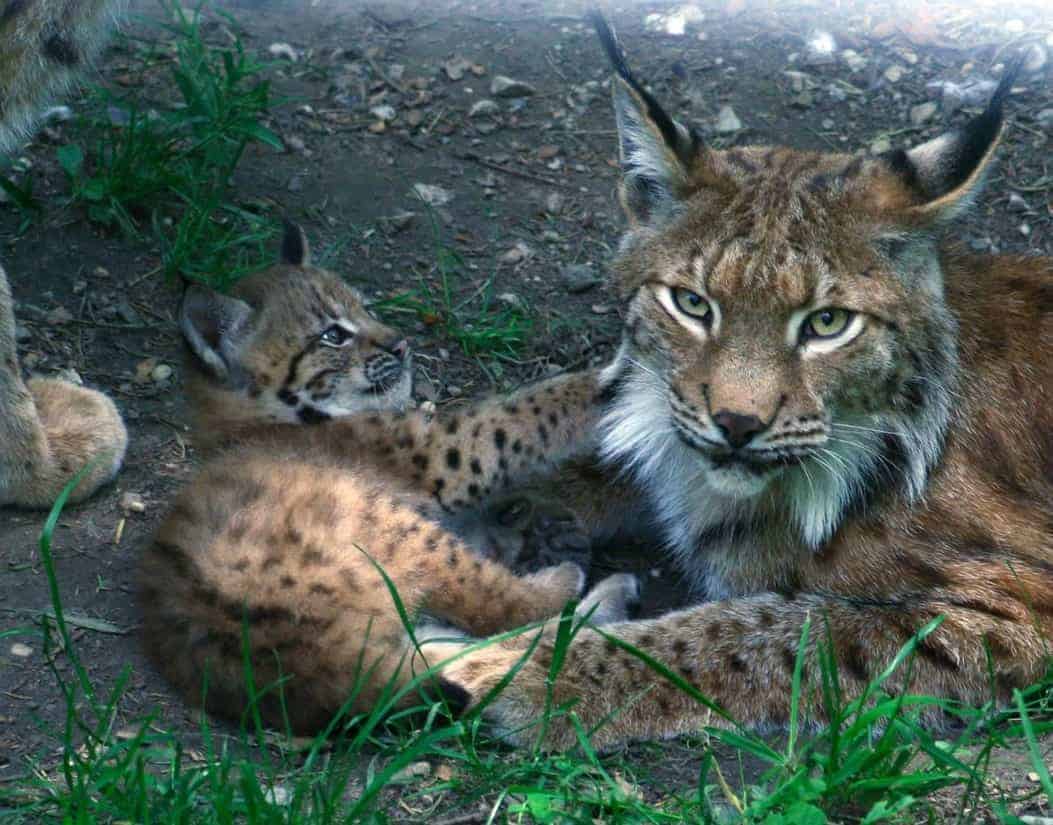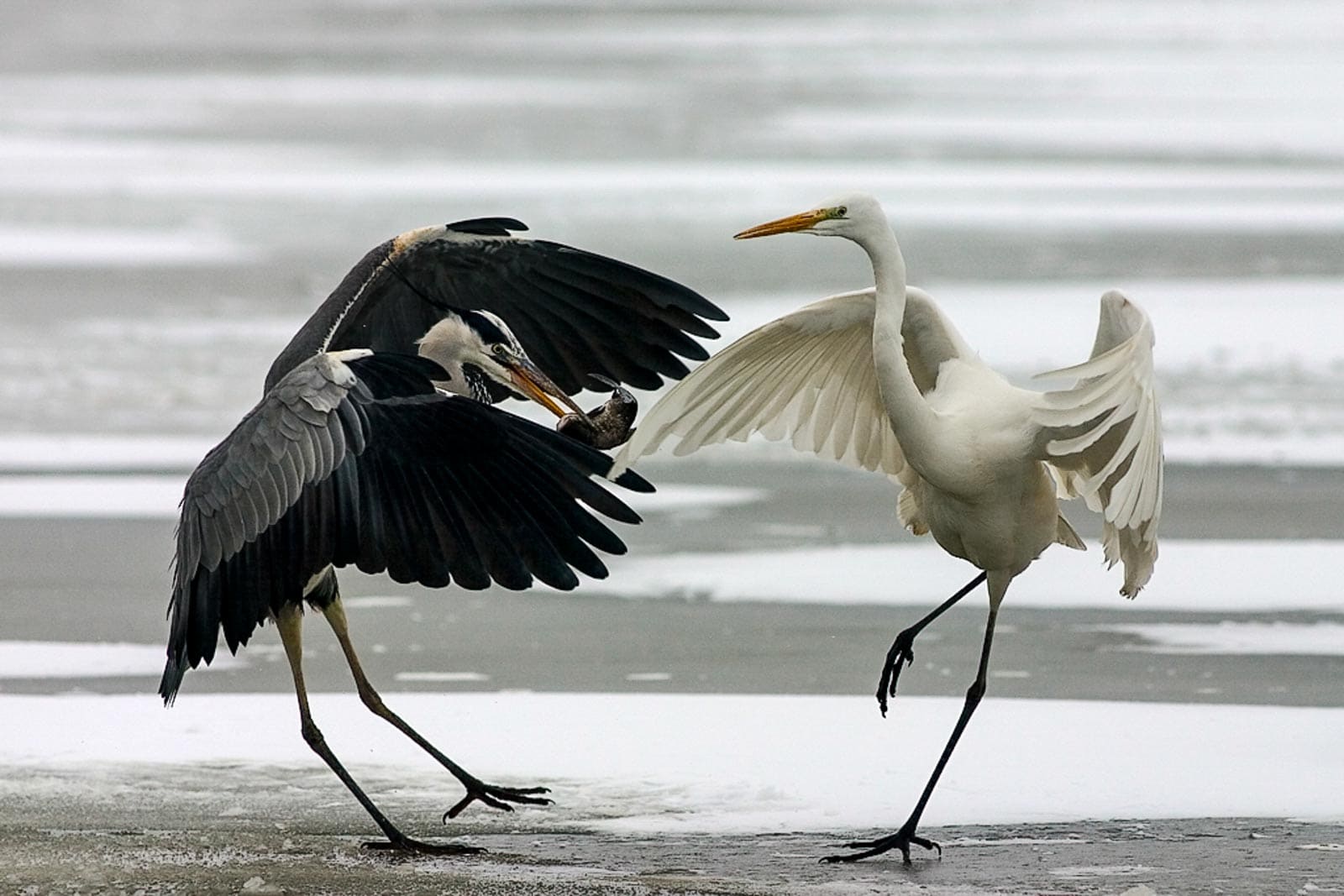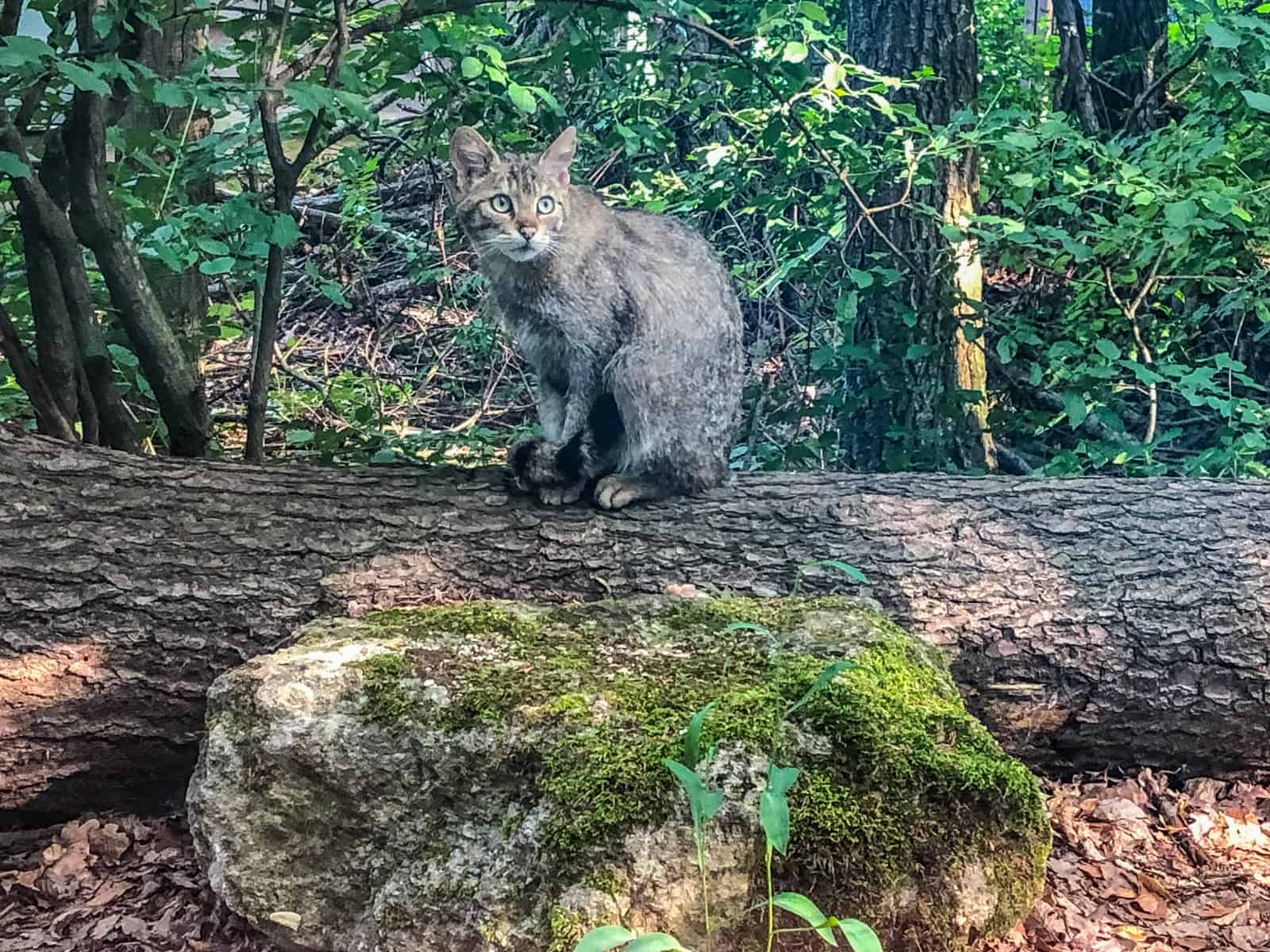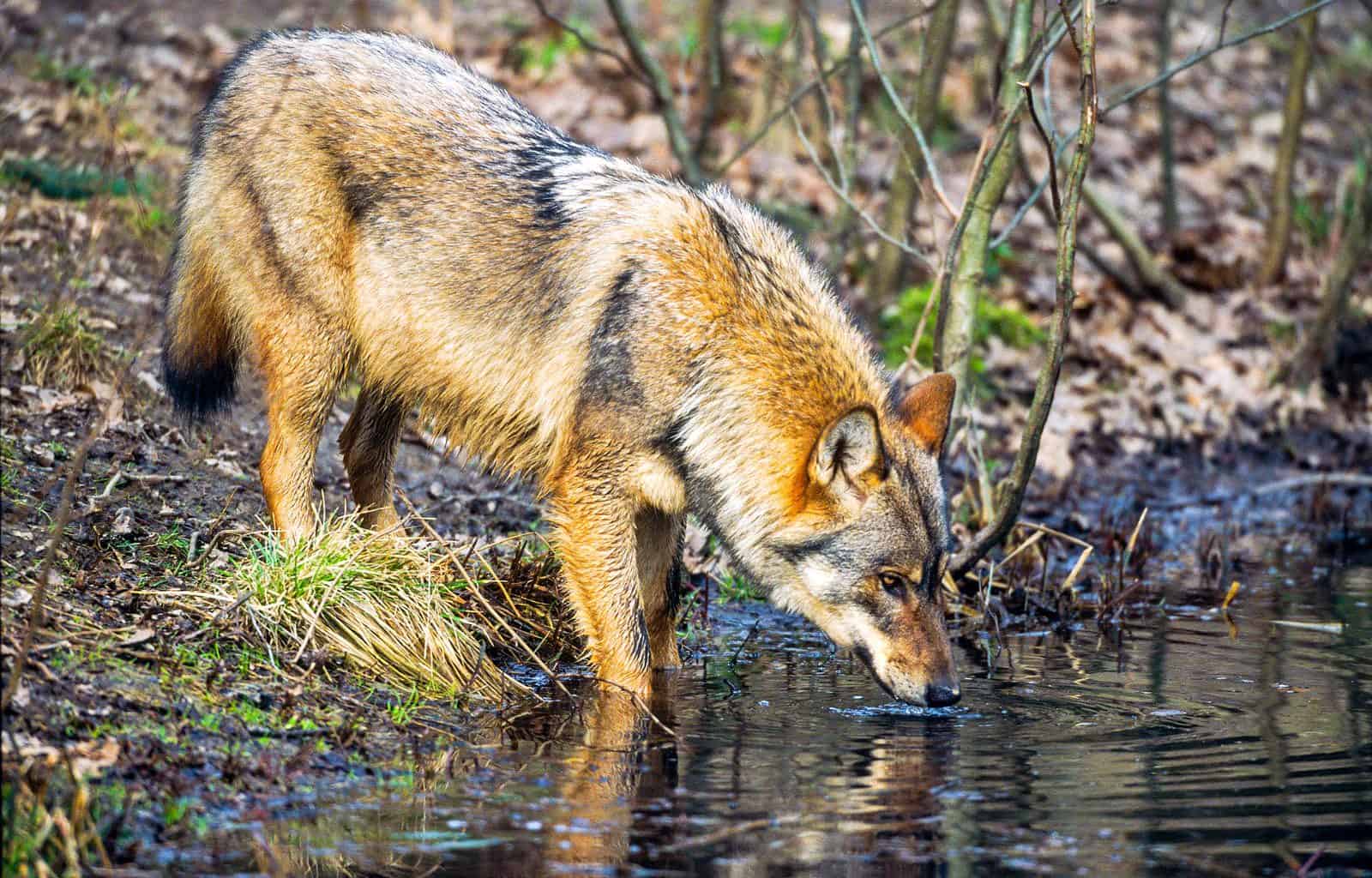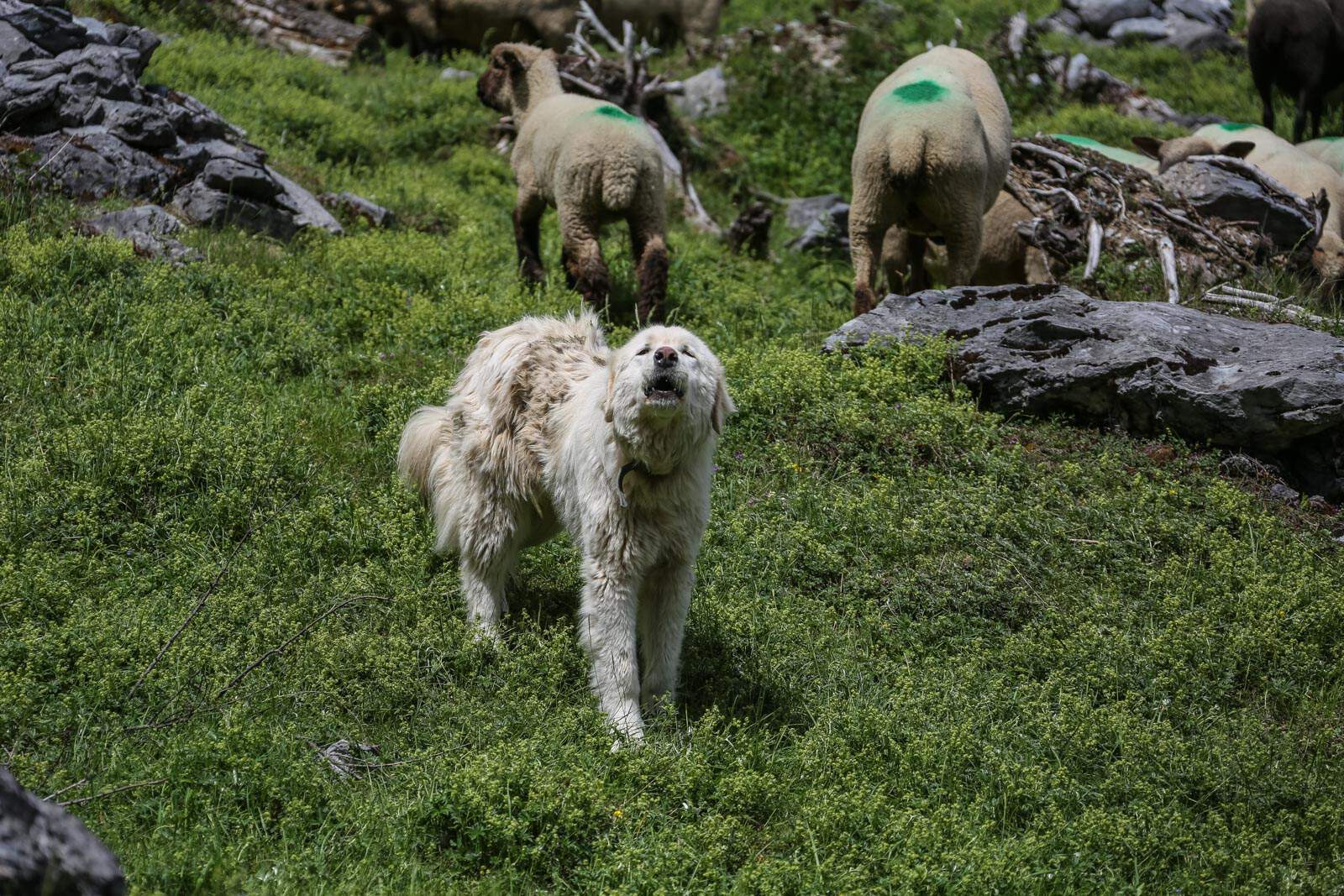Wildlife crime in Central Europe
Wildlife crime does not only exist in Africa but also in Europe. In general, it is defined as criminal acts against wild and often protected animal species. In Austria and Germany for example, targets are mainly birds of prey, beavers, otters, but also lynx and wolves. But why do humans kill animals illegally and what impact does this have on endangered species such as the lynx?
Why humans kill
Although wildlife crimes are often unsolved as prosecution does not yield results, a general pattern emerges in the motives. These are mainly:
- Hunting competition
- Fear of loss of value (e.g. lower rent)
- Defence to protect livestock
- Economic interests (e.g. building permits for wind energy)
- Trophy hunting
- Hunting tourism
- Historical reasons (e.g. opponents of national parks)
- Setting an example against the conservation movement
Predators such as birds of prey, lynx or otters in particular can be perceived as a danger or hunting competitors. Unfortunately, the importance of their role in the ecosystem is often forgotten. The methods of illegal killings vary, depending on the species that is the target. The most common methods are poisoning, trapping, shooting and hoarding or the removal of nests or entire trees.
Can the Central European lynx population grow at all?
Wildlife biologists know by now that – despite optimal habitat conditions and offspring – wildlife crimes are responsible for the fact that the lynx population in the German-Austrian-Czech border region has hardly increased for many years. Illegal shooting is what hinders the return of the lynx the most, because with the low numbers, every animal killed is a loss that is difficult to compensate for. For example, in 2011/12 in Austria, the population in the Kalkalpen National Park got an addition of three individuals. This led to offspring, but in 2015 the small population collapsed again due to two illegal shootings. The responsible hunter couple had to pay 12,000 euros in damages each. To compensate for the loss, two new lynx were introduced to the Limestone Alps and hopes are now being pinned on offspring again.
A scientific study by Heurich (2018) evaluated all available lynx monitoring data and came to the conclusion that the occurrence of lynx decreases rapidly with increasing distance from the borders of the protected area, although numerous favourable lynx habitats exist. Thus, the lynx do not manage to colonise the habitats that are available to them.
Many wildlife killings remain unexplained
Solving illegal wildlife killings is difficult. The majority of cases of wildlife crime remain unsolved and without consequences for the perpetrators. If one is caught, however, the verdict depends on the species, i.e. whether it is protected or not. Crucial aspects of solving such crimes are arriving early at the crime scene, securing evidence and performing detailed investigations to track down the perpetrator.
In Austria, for instance, a total of only six cases of illegally poached lynx are known, although a higher number of unreported cases is very likely. In 2012, a shot lynx was placed on the tracks near Mautern/Styria for camouflage and run over by a train. The following year, two dead lynx were found in a plastic bag in the Ysper river – the perpetrators are still unknown. As already mentioned, in 2015 two hunters were proven to have killed two lynx in the National Park Kalkalpen region, which led to a conviction. The last case of illegal persecution was documented in 2017. Lynx Alus was found shot on the Salzburg-Bavaria border (Saalachsee). In addition, orphaned young lynx were repeatedly found in the Waldviertel and Mühlviertel, which is why illegal persecution cannot be ruled out as a cause based on other confirmed incidents.

